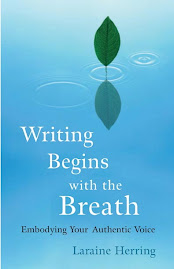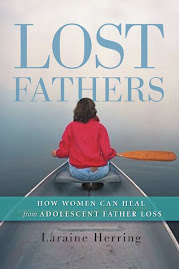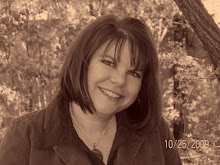
Writing a memoir is counterintuitive. To do it well, you have to bear unflinching witness to yourself as character in the story. You have to recognize that you are not the you you are writing about. Say that three times fast. Even better, try to do it. It’s intuitive to put on protective gear when searching for dangerous deep sea creatures. But if you do, the creature won’t talk to you – at least not honestly. And a story without honesty is, well, a lie.
To write memoir, to attempt to make art out of the slippery material of a life, means you don’t take the oxygen tank. You don’t even take the flippers. You just dive off the boat and hope that your vulnerability brings out the vulnerability of everyone you’re going to meet down there. That’s what memoir does. It pulls you from your comfortable fuzzy chair (or podium) of understanding narrative and literature and language and criticisms, and it brings you face to face with the one thing you’ve buried under your avalanche of degrees and fictions. It traps you in, holds your eyelids open ala Clockwork Orange and says, “OK baby. Tell me what you see.” And at first, you hem and haw and theorize and analyze and attempt to concretize, but after awhile, your eyeballs ache from staring and you just surrender because at that point you have no other choice.
That thing is there. In front of you. You can’t pretend you didn’t see it. You can’t pretend it didn’t see you. There’s nothing left in the world now but you and that thing that you’ve been consciously not seeing all of your life.
“I am the story,” it says. And you don’t believe it because you can’t see the narrative arc, and you wonder about the drama, and you realize you have not had the most dramatic of lives, and so you try to swim back to the surface, but your eyelids are still pried apart and you are strapped to the chair anyway, and really, now, you’re a little curious. The other quality all writers have. Without it, we spout the same stuff from book to book. With it, we reinvent, revise, and restructure all the time.
“All right,” you say. “Tell me the story.” And you listen and you take notes, and you are grateful, in spite of your burning eyeballs and exhausted writing arm, you are grateful because nothing less than magic has occurred.
The image that occurred for me was a yellow swing. When it came to me the first time, I saw no inherent story there. Just a sweet memory of a little girl who used to think she could fly. But it kept coming back. The cheap plastic of the swing. Its Big Bird yellow color. The sheets on the clothesline nearby. The neighbor’s bulldog, Tony. The clouds with their incessant swirling – their movement enough joy for anyone in a lifetime. I began to notice more – the neon yellow and green colors in the ropes that held the swing, wrapped four times and nailed to a scrap piece of lumber, the tiny holes in the seat, delightful because I could feel the air from my flight on the backs of my legs, my mother singing Zip-a-dee-do-da while she put the wooden clothespins on the sheets.
And then I saw, or didn’t see, the story. The swing was empty. It was moving, sure, higher and higher, but no one was on it. No mousy-haired girl with too-green eyes. No laughing girl who found even the slickness of her tongue on her own teeth astonishing. No singing girl, who hadn’t yet been told she couldn’t sing. And that was it. Where did she go? Why did she go? Can she come back? There are the narrative questions.
And the answer is a story.











1 comment:
Another gorgeous post . . . you inspire me to write. Thank you.
Post a Comment